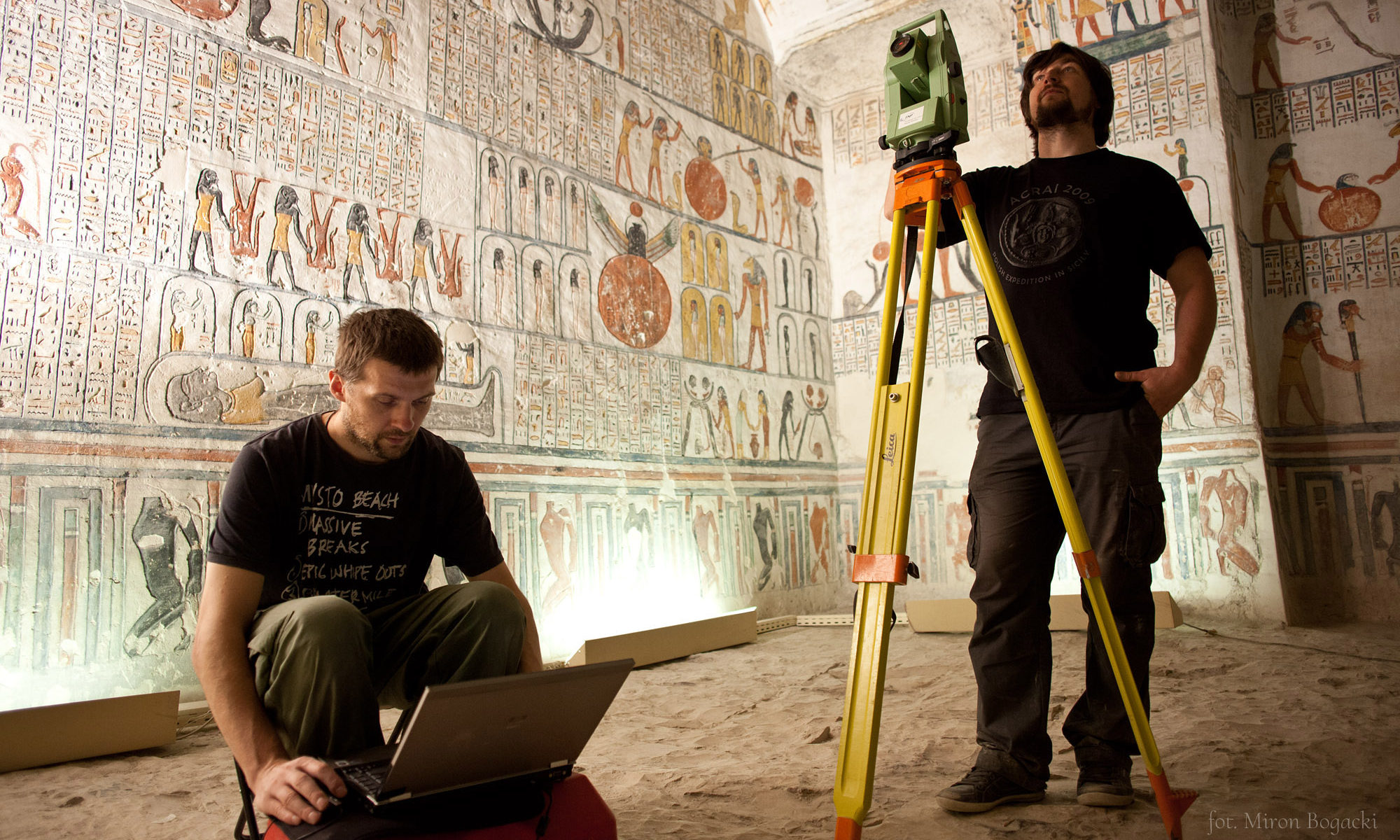Course Name: Archaeology of Rome and the Roman Provinces
Course Type: lecture & class
Lecturer, time & place: see course schedule
The aim of the classes will be to acquaint the participants with basic problems of archaeology of the Roman world. At first, a general introduction will be offered: the map of the Roman world, Roman settlement, provincial administration, and organisation of borders. Participants will learn about building techniques, Roman technology, including infrastructure, the most important monuments of Roman provincial architecture, as well as military sites and structures. Typical finds of Roman material culture will be discussed: objects of daily use (pottery, lamps, jewellery etc.), sepulchral monuments and those related to religion. Particular emphasis will be placed upon sources – various categories of finds discovered during excavations, methods of dating and interpretation, with special focus on provincial culture and the military milieu.
Syllabus:
- Legal forms and administration of towns, communes and settlements in the provinces – polis, municipium, colonia, vicus, canabae, pagus; dualism of settlement at military camps – canabae/vicus.
- City of Rome – location, topography, size and the number of inhabitants.
- The most important monuments of architecture of the city of Rome and the provinces.
- Roman house – spatial layout, decoration of interiors, functions of individual rooms.
- Portrait sculpture and relief – portraits of emperors, reliefs from public buildings, monuments.
- Village and agriculture – settlement, treatises on agriculture, material culture (agricultural tools, presses and grinders), methods of research on ancient agriculture, centuriation, iconographic representations of agriculture.
- Geography – the most important towns, administration, division of provinces, the term provincia, SPQR.
- The world of the dead – types of burials, grave inventories, types of graves, grave stelae, sacrophagi, etc., Fayum portraits.
- Architecture and material culture of religion – votive offerings, amulets, votive tablets, types of cult places, “military” cults, temples of mystery cults (e.g., Mithraeum).
- Building techniques and Roman technology – types of materials and adhesives, building techniques, tools, measuring tools and centuriation; technical achievements, such as construction of bridges, hypocaust systems, agrimensores.
- Limes – term, structure, types of military premises, settlement (canabae, vicus), Hadrian’s Wall, the Antonine Wall, changes in late antiquity, litus Saxonicum, Diocletian’s reform, Notitia Dignitatum as a source.
- Roman camp – spatial layout, types of buildings, terminology, literary sources, selected sites (Xanten, Houstead, Aquincum, Novae, Haltern, Arbeia).
- Weaponry – guest lecture.
- Water, hygiene and medicine – aqueducts, terminology and technology, archaeological sources – types of pipes, joints, containers, measurement device – chorobate; provincial aqueducts, military hospitals, cosmetic utensils, cosmetics, religion and health.
- Roads and communication – military affairs, road construction, infrastructure, Tabula Peutigeriana.
- Dress and jewellery – dress of men, women and children and their social status; types of jewellery.
- Sites and finds of exceptional value for the archaeology of the Roman provinces – Vindolanda, Fayum, Dura-Europos, the Teutoburg Forest, Baalbek, etc.
- Vessel pottery, terracotta and glass – sigillata, lamps, amphorae; basic data – technology, typologies, selected types, technology of manufacture.
- Art of writing – wax tablets, papyrus, parchment, libraries, sites with preserved collections (e.g., Qumran, Vindolanda, graffiti from Pompeii, papyri from Egypt), basic terms related to Latin epigraphy; collections, the most important catalogues and the way of publication; types of inscriptions, military diplomas.
- Numismatics – basic terminology and catalogues – guest lecture.
Selected Reading:
Vitruvius, De architectura libri decem;
Polybios, Historiae (book VI);
Vegetius, Epitoma Rei Militaris;
A Companion To The Roman Empire (Blackwell Companions To The Roman World), D.S. Potter (ed), Oxford, 2006;
A Companion To The Roman Army, P. Erdkamp (ed.), Oxford, 2007;
Adam, J.-P., Roman Building (fr. La construction romaine: materiaux et technique), Paris, 1989;
Adkins, L., Adkins, R., Ancient Rome, (Handbook to Life in Ancient Rome, Updated Edition), New York, 2004;
Alcock, S., Osborne, R., Classical Archaeology (Blackwell Studies in Global Archaeology, 10), Malden, 2007;
Boethius, A., Etruscan and Early Roman Architecture, 1978;
Breeze, D.J., et al., Grenzen des römisches Imperiums (Ph. von Zabern), Meinz, 2006;
Claridge, A., et al., Rome: an Oxford archaeological guide, Oxford-New York, 1998;
Cleland, L., Davis, G., Jones, L.L., Greek and Roman Dress from A to Z, New York, 2007;
Connolly, P., Dodge, H., The Ancient City. Life in Classical Athens and Rome, Oxford-New York, 1998;
Grant, M., Kitzinger, R., (eds), Civilization of the Ancient Mediterranean. Greece and Rome, New York, 1988;
Grant, M., Myths of the Greeks and Romans, 1962 (1986);
Grimal, P., Les villes romaine, Paris, 1954 (1990);
Kleiner, D., Roman Sculpture, New Haven-London, 1992;
Sartre, M., The Middle East Under Rome, (transl. by C. Porter and E. Rawlings, with J. Routier-Pucci), Cambridge, Mass.-London, 2005;
The Princeton Encyclopedia of Classical Sites, Richard Stillwell, William L. MacDonald, Marian Holland McAllister (eds);
Zanker, P., Augustus und die Macht der Bilder, Munchen, 1987;
Supplementary Reading:
Andreae, B., L’art de l’ancienne Rome, Paris, 1973;
Barbet, A., La peinture romaine, Paris, 1985;
Bishop, M.C., Coulston, C.N., Roman Military Equipment, London, 1993;
Campbell, B., The Roman Army: 31 B.C.-A.D. 337 [a sourcebook], London, 1994;
Campbell, D., Roman Legionary Fortresses 27 BC – AD 378 (series: Osprey, Fortress), Oxford, 2006;
Connoly, P., Pompeii (series: The Roman World), Oxford, 1990;
Goldsworthy, A., The Complete Roman Army, London-New York, 2003;
Grimal, P., The civilization of Rome, London, 1963;
Humphrey, J.W., Ancient Technology, Greenwood publ., 1946 (2006);.
Keppie, L., Understanding Roman Inscriptions, Baltimore, 1991;
Mansuelli, L., Roma e il mondo romano, Torino, 1981;
Onians, J., Bearers of Meanin. The Classical Orders in Antiquity, the Middle Ages and Renaissance, 1988;
Roman Military Clothing I-III (series: Osprey);
Schollmeyer, P., Römische Tempel. Kult und Architektur im Imperium Romanum, Mainz, Philip von Zabern, 2008;
Simkins, M., The Roman Army from Caesar To Trajan (series: Osprey, Men-at-Arms), Oxford, 1984
Simkins, M., The Roman Army from Hadrian to Constantine, (series: Osprey, Men-at-Arms), Oxford, 1979;
Toynbee, M.C., Death and Burial in the Roman World, London, 1971;
Ward-Perkins, J.B., Roman Imperial Architecture, London, 1992.

